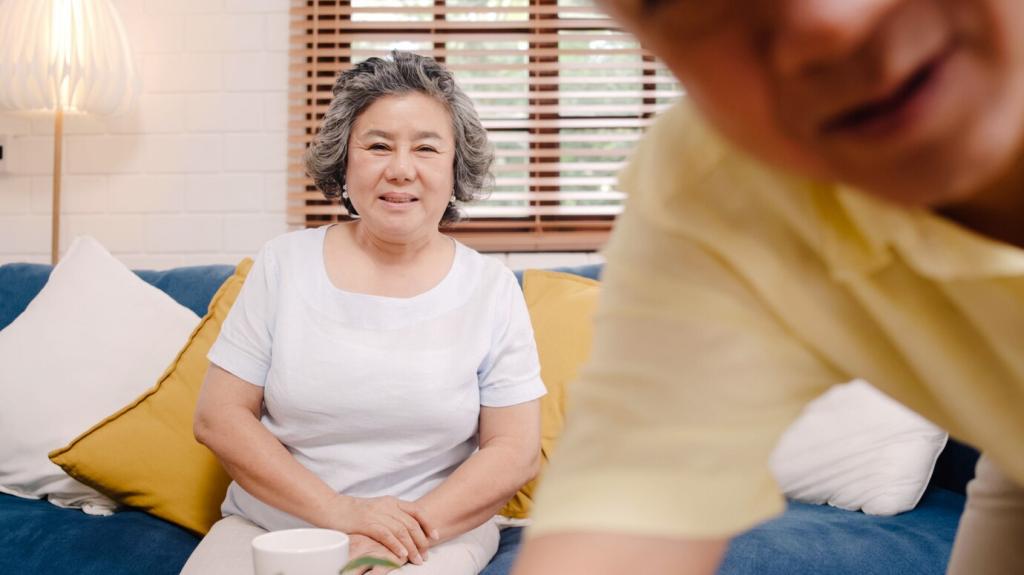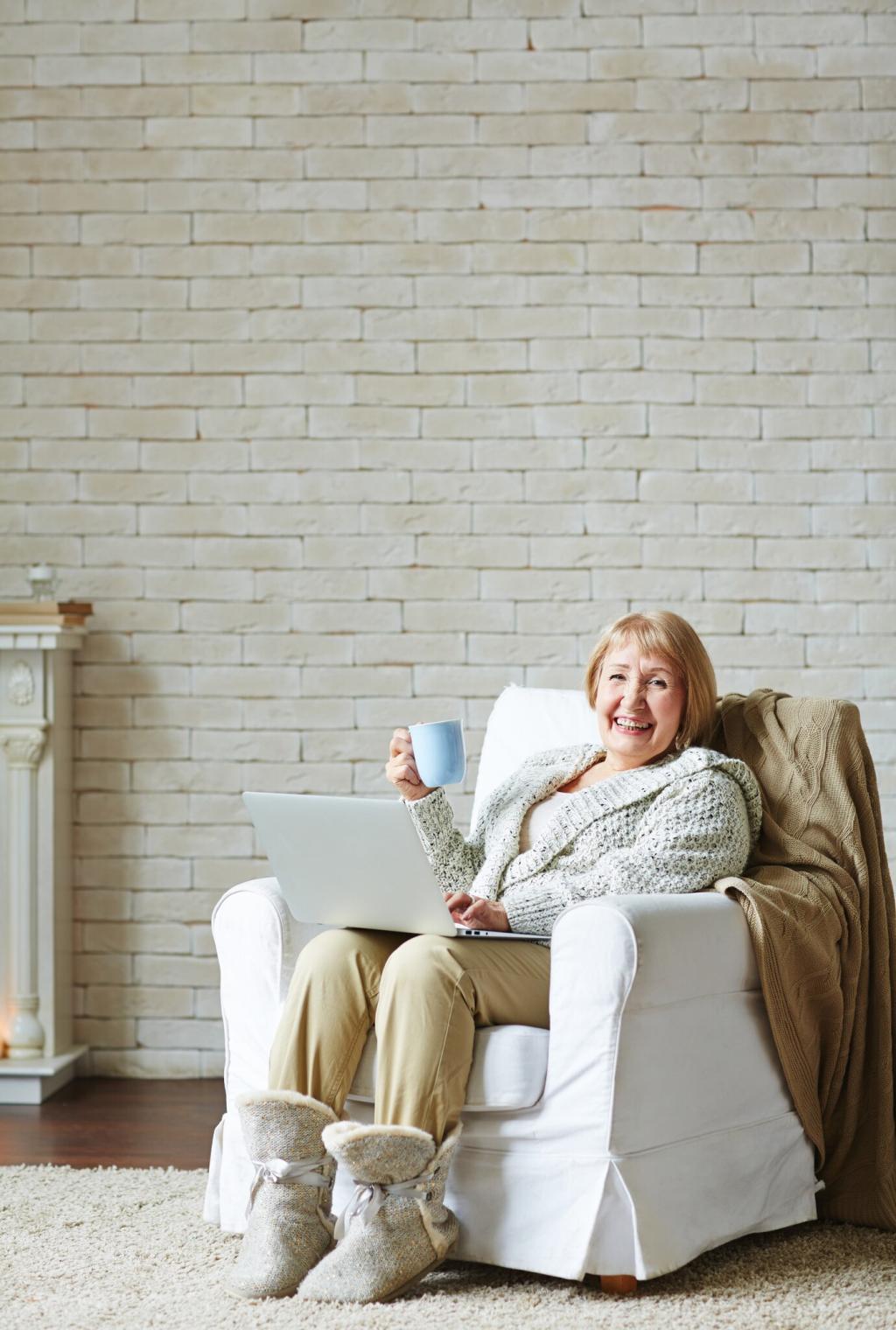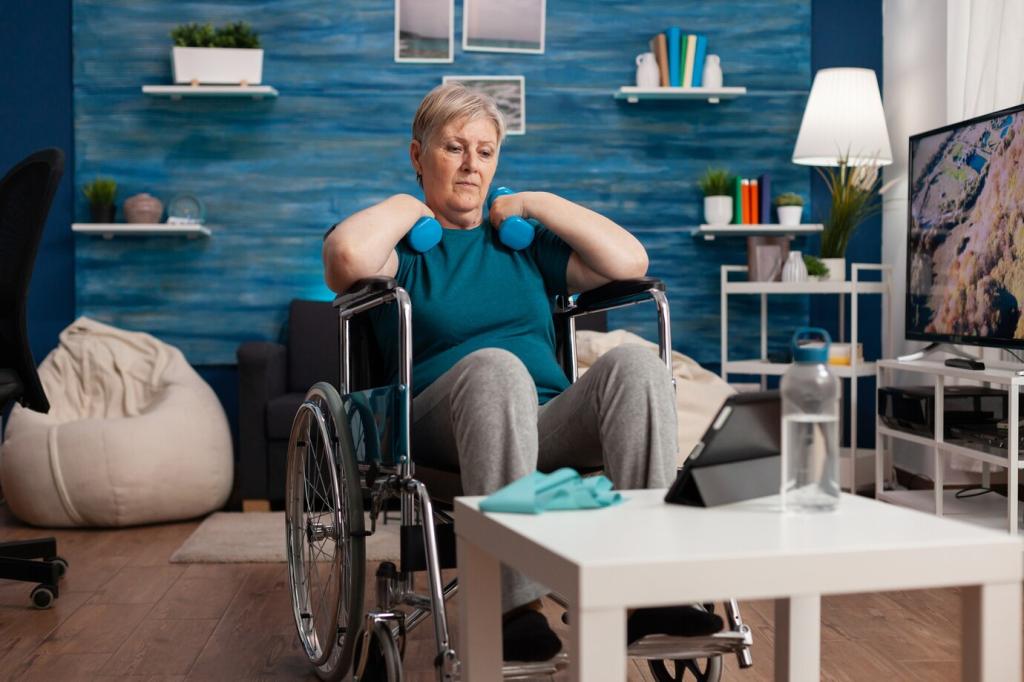Caring Smarter: Enhancing Elderly Care with AI in Smart Home Systems
Chosen theme: Enhancing Elderly Care with AI in Smart Home Systems. Welcome to a warm, practical space where technology protects without intruding, empowers without overwhelming, and helps older adults live with dignity, independence, and everyday joy.

A Home That Watches Over, Not Overwhelms
Subtle Support, Strong Independence
AI in smart homes can learn preferred wake times, walking patterns, and lighting comfort, nudging gently when routines shift. It preserves independence by offering timely help, not constant nagging, and adapts as needs change.
Anecdote: The Kettle That Cares
When Mr. Alvarez skipped his morning tea twice, the system brightened the kitchen and suggested water on the stove. He smiled, brewed safely, and texted his daughter before her meeting, feeling seen and respected.
Join the Conversation
Which everyday habit would you like a smart home to protect—hydration, medication, or sleep? Share your priorities, subscribe for weekly tips, and help shape features that feel personal, not paternalistic.



Conversational Companions: Voice and Ambient Interfaces
Designing for Real Voices
AI assistants trained on varied speech patterns handle softer volume, slower tempo, and accents. They confirm understanding without condescension, using concise prompts, larger on-screen text, and haptic reminders for clarity.
Ambient Guidance, Not Distraction
Glowing lights near doorways, gentle chimes at medication time, and context-aware captions on TVs create guidance that blends into daily life, reducing cognitive load while keeping important cues unmistakable.
Tell Us How You Talk
Do you prefer short voice commands, gestures, or touch panels? Share your style below. Your input helps refine conversational AI that feels natural for older adults and their families.
Personalized Care Through Predictive AI
Learning Daily Rhythms
By modeling sleep, steps, and meal timing, AI notices meaningful deviations—like skipped lunches or shorter walks—and suggests small, timely adjustments before issues escalate into health setbacks or avoidable hospital visits.
Medication Adherence, Gently
Instead of loud alarms, the system ties reminders to routines: tea time, a favorite radio hour, or a sunset lighting scene. It tracks adherence trends and offers supportive nudges, never shaming missteps.
Help Set the Boundaries
What predictions feel helpful, and which feel intrusive? Vote in our quick poll and subscribe to see how we balance personalization with privacy across real-world smart home deployments.



Connected Circles: Family, Clinicians, and Community
Caregivers receive concise updates like “Mobility slower than baseline this week” with suggested next steps. Clinicians can view trend summaries, not raw logs, enabling focused, informed check-ins instead of reactive emergencies.
Connected Circles: Family, Clinicians, and Community
With permission, summaries export to secure health portals, aligning home observations with medications and diagnoses. This continuity supports better decisions and reduces redundant appointments or conflicting advice.





